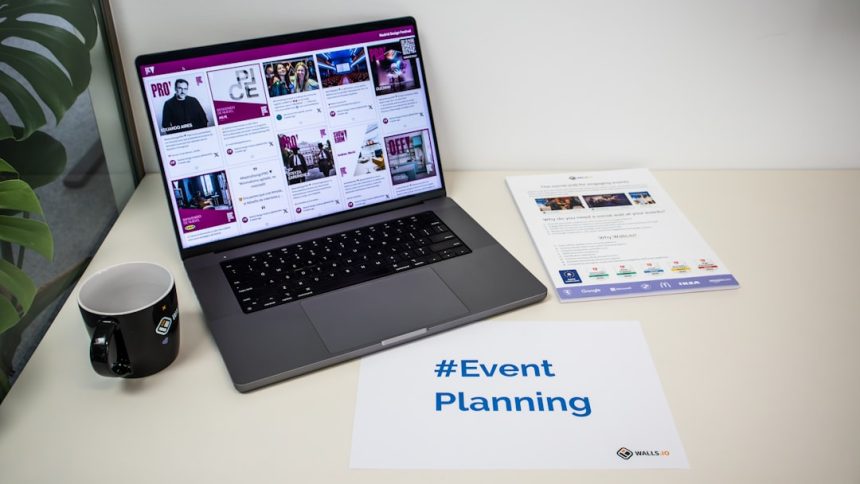In the fast-growing world of digital media, video editing has become an essential skill for content creators, marketers, and aspiring filmmakers alike. Whether you’re aiming for a career in the film industry or simply looking to create professional content for social media, learning how to edit videos effectively is crucial. However, with numerous learning methods available, choosing the right approach can be overwhelming. Below are the four best ways to learn video editing — along with their pros, cons, and top recommendations — to help you make an informed choice.
1. Online Courses and Tutorials
Online platforms such as Udemy, Skillshare, and Coursera offer structured courses taught by experienced professionals. These are ideal for beginners as well as those looking to refine specific skills using software like Adobe Premiere Pro, Final Cut Pro, or DaVinci Resolve.
Pros:
- Flexible learning schedule
- Access to expert instruction and industry-approved techniques
- Cost-efficient and often bundled with student communities
Cons:
- Little to no direct feedback on your work
- Self-discipline required to stay on track
Top Recommendation: The “Adobe Premiere Pro CC Masterclass” by Phil Ebiner on Udemy is a highly rated course for both beginners and intermediate learners.
[ai-img]online learning, video editing class, tutorial platform[/ai-img]
2. Film and Media Schools
Traditional film schools and universities offer in-depth programs on video production and post-processing. These institutions often focus on storytelling, cinematography, and include hands-on training with editing tools.
Pros:
- Structured curriculum with professional mentorship
- Access to state-of-the-art equipment
- Networking opportunities with industry professionals
Cons:
- High tuition fees
- Longer time commitment
- Not always practical for learners who prefer fast-paced, self-guided study
Top Recommendation: Columbia College Chicago and NYU Tisch School of the Arts offer recognized programs in video editing and post-production.
3. Practice with Editing Software
Sometimes the best way to learn is by doing. By downloading free or trial versions of industry-standard software, learners can teach themselves through experimentation and self-initiated projects.
Pros:
- Hands-on experience with real tools
- Encourages creative problem solving and self-reliance
- Free or low-cost learning method
Cons:
- Lack of clear guidance can result in frustration
- Time-consuming to learn complex software without tutorials
Top Software for Beginners:
- DaVinci Resolve – free, professional-grade editing suite
- HitFilm Express – intuitive interface for newcomers
- iMovie – ideal for basic editing on Mac devices
[ai-img]video editing software, timeline interface, laptops[/ai-img]
4. Join Online Communities and Forums
Reddit, Stack Exchange, and various Discord servers host vibrant communities of video editors who share advice, critique each other’s work, and provide troubleshooting help.
Pros:
- Real-time support from experienced users
- Opportunities to share your work and receive feedback
- Stay updated with the latest tools and trends
Cons:
- Information may vary in quality and accuracy
- No structured learning path
Top Recommendation: r/VideoEditing on Reddit is a popular forum where both amateurs and professionals discuss tips, gear, and software techniques.
Conclusion
Each of these learning methods—online courses, formal education, hands-on software practice, and community engagement—offers its own set of strengths and challenges. Your ideal path depends on factors like learning style, budget, time availability, and career goals.
For most aspiring editors, a blended approach works best—start with an online course to build foundational knowledge, then apply those skills using editing software, and finally engage with online communities to keep improving. Regardless of the path you choose, consistency and practice remain the keys to mastering video editing.








